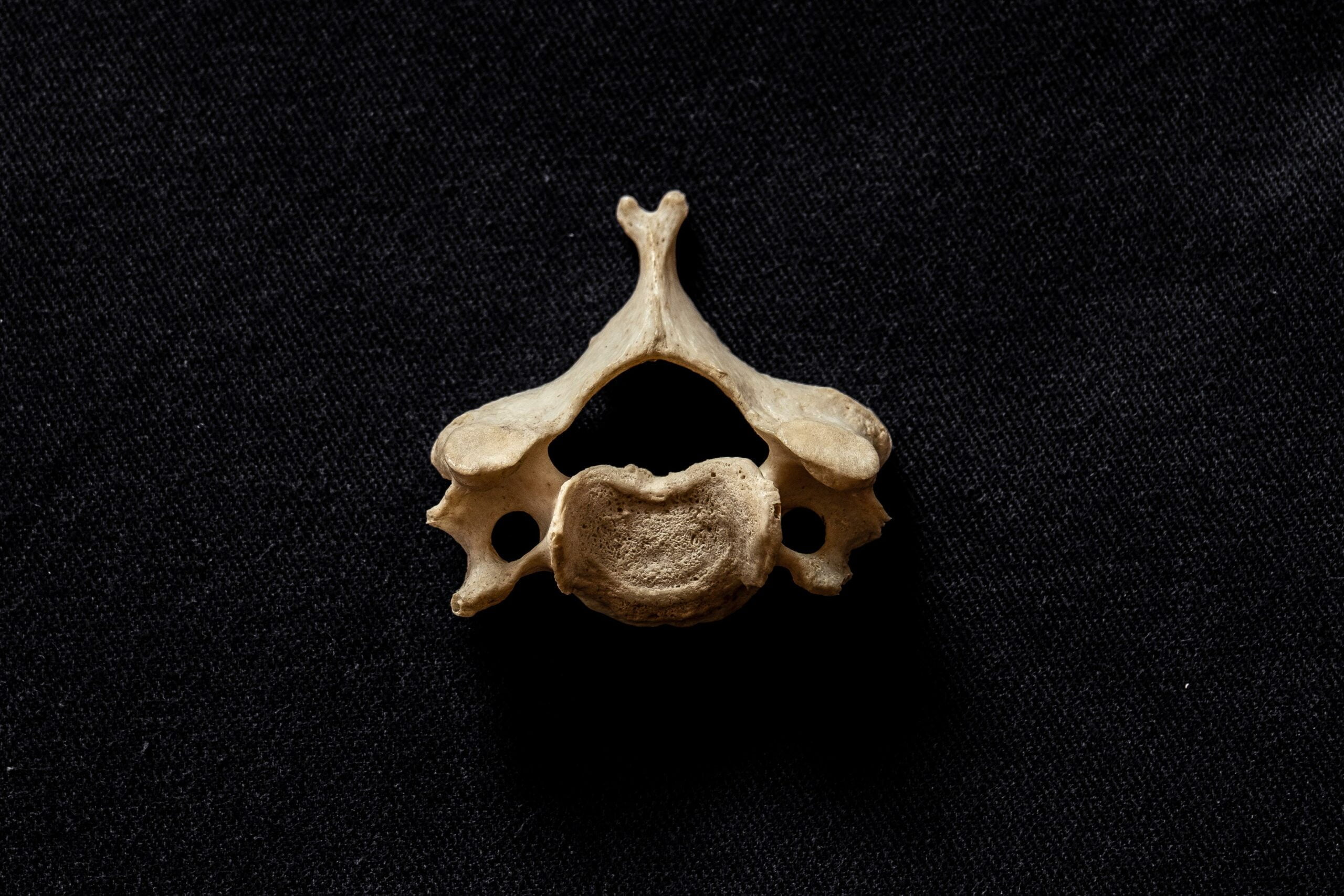Prepare to embark on a haunting journey as we peel back the layers and unveil Hungary’s hidden horrors. In this bone-chilling article, we will delve deep into the dark underbelly of a nation often shrouded in mystery. As a seasoned investigative journalist, my passion for uncovering spine-chilling realities has led me to this very moment. With a wealth of experience in international affairs and human rights, I am armed with the necessary skills to expose the harrowing truths that lie within Hungary’s shadows. Brace yourself as we explore the chilling narratives that will leave you both disturbed and captivated.

Unveiling Hungary’s Hidden Horrors: Delving into the Spine-Chilling Realities
Spine-Chilling Realities of Hungary
Hungary, a country rich in history and culture, holds within its confines a dark underbelly of spine-chilling mysteries and events that have remained shrouded in obscurity for centuries. As we delve into the depths of Hungary’s hidden horrors, we will uncover the bone-chilling realities that lie beneath its facade of beauty and grandeur.
The Museum of Mummies: Relics of Oppression
At the Museum of Mummies in Hungary, one can find a grim reminder of the oppressiveness that once plagued the country under the reign of Ferdinand I of Naples. This dark period in Hungarian history witnessed a revolt amongst the nobility, as they fought against the iron grip of tyranny. The exhibit stands as a haunting testament to the suffering endured by those who dared to challenge the status quo.
“The Museum of Mummies takes us on a chilling journey into the depths of Hungary’s oppressive past, where the silent screams of the rebels still echo through the halls.”
Mystery at Mayerling: Death and Deception
One of the most perplexing and spine-chilling mysteries in Hungarian history is the tragic tale of Baroness Marie Alexandrine von Vetsera, whose life was abruptly ended in a sinister manner. Found shot to death alongside her married lover, the circumstances surrounding her demise have long perplexed investigators. Upon closer inspection of her remains, evidence of violent blows to the head emerged, raising unsettling questions about her true cause of death.
“The enigmatic death of Baroness Marie Alexandrine von Vetsera continues to send shivers down the spine, as we grapple with the haunting possibility of a carefully orchestrated murder disguised as a tragic love affair.”
The Truth Remains: Uncovering Dark Secrets
In 1959, an examining doctor made a shocking discovery during the examination of Marie’s remains. Contrary to previous beliefs, no bullet hole was found in her skull, leaving behind a lingering sense of uncertainty and suspicion. This revelation paints a disturbing picture of potential cover-ups and covert operations, leaving us to ponder the hidden truths that may forever remain concealed.
“The absence of a bullet hole in Marie’s skull casts a shadow of doubt upon the official narrative, leading us deeper into a web of secrets that Hungary may not be ready to expose.”
What Did You Say Your Name Was?: Edgar Allan Poe’s Connection
The eerie and macabre have always fascinated humanity, and Hungary is no exception to this fascination. It is here that the renowned author Edgar Allan Poe published his only novel, “The Narrative of Arthur Gordon Pym of Nantucket,” in 1838. This chilling tale captivated readers with its creepy coincidences and shocking depiction of cannibalism, leaving an indelible mark on Hungarian literature and further enhancing the country’s association with spine-chilling stories.
“Just as Edgar Allan Poe’s dark tales captivated readers’ imaginations, Hungary has its own collection of bone-chilling stories waiting to be unraveled.”
Mommy Dearest: Unraveling the Chains of Ambiguity
In Hungary, a country where reality and myth often intertwine, there is an apparent murder-suicide that continues to haunt the collective consciousness. The events leading up to the deaths remain ambiguous, leaving investigators and curious minds alike grappling with unanswered questions and unsettling possibilities. The chilling nature of this tale serves as a reminder that sometimes the truth may be far more unsettling than fiction.
“The haunted tale of the apparent murder-suicide leaves us entangled in a web of ambiguity, where reality blurs into a chilling nightmare that refuses to be forgotten.”
As we explore Hungary’s hidden horrors, we come face to face with the spine-chilling realities that have shaped the nation’s history. These bone-chilling stories and mysteries serve as a reminder that beneath the beauty and grandeur lies a darker side, waiting to be unveiled.
“Hungary’s hidden horrors beckon us to venture into the shadows, confronting the unsettling truths that have remained hidden for far too long.”
Here at Explore Hungary, we believe that every country has its own unique qualities that make it special. Hungary is no exception. From its rich history and vibrant culture to its stunning architecture and delicious cuisine, there are so many things that make Hungary truly one of a kind. So, if you’re wondering “What Makes Hungary Unique,” look no further. Click here to dive into the captivating world of Hungary and uncover its hidden gems. What Makes Hungary Unique
FAQ
Question 1: What is the significance of the Museum of Mummies in Hungary?
Answer 1: The Museum of Mummies in Hungary holds historical importance as it showcases the oppression and turmoil faced by the nobility under the rule of Ferdinand I of Naples. This oppressive regime eventually led to a revolt among the nobility.
Question 2: What is the mystery surrounding the death of Baroness Marie Alexandrine von Vetsera?
Answer 2: Baroness Marie Alexandrine von Vetsera was found shot to death alongside her married lover. The mystery deepens as her remains were later examined and evidence of violent blows to the head surfaced, raising questions about the true cause of her death.
Question 3: What raised doubts about the cause of Baroness Marie Alexandrine von Vetsera’s death?
Answer 3: In 1959, an examining doctor found no bullet hole in Marie’s skull, which led to doubts about the cause of her death. This discovery added further intrigue to the mystery surrounding her tragic end.
Question 4: What eerie coincidences and elements of cannibalism are featured in Edgar Allan Poe’s novel “The Narrative of Arthur Gordon Pym of Nantucket”?
Answer 4: Edgar Allan Poe’s novel “The Narrative of Arthur Gordon Pym of Nantucket,” published in 1838, contains creepy coincidences and elements of cannibalism. These chilling aspects contribute to the spine-chilling nature of the narrative.
Question 5: What remains ambiguous about the apparent murder-suicide mentioned in the context?
Answer 5: The context alludes to an apparent murder-suicide, but the chain of events leading up to the deaths remains ambiguous. The lack of clarity surrounding the circumstances adds to the unsettling nature of the incident.
“`json
“`
- Unlock 6000+ words beginning with he: A comprehensive analysis - April 20, 2025
- Mastering -al Words: A Complete Guide - April 20, 2025
- Master Scrabble: High-Scoring BAR Words Now - April 20, 2025
















